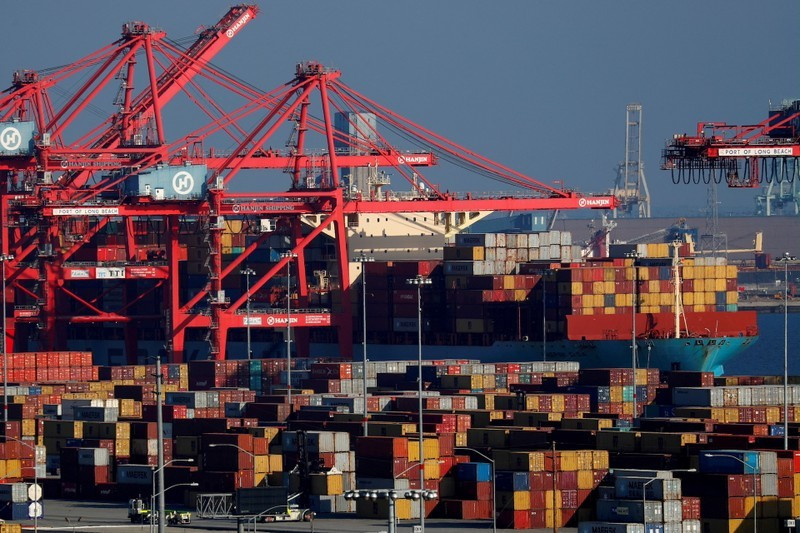Positive signals from the global economy
The signal of global economic recovery has been clearer in recent weeks as China's economy has shown stronger growth prospects, while the "leading" economy of the US has avoided the risk of recession, and the worries about inflation have eased.
In December 2022, after a nearly three-year implementation of strict pandemic restrictions, China ended the Zero COVID policy, which caused damage to this country and the world. The situation has been gradually “reversing” in China, as economic activities have recovered quickly, bringing China back to the most important growth motivation in the globe. The International Monetary Fund (IMF) has just forecast that China's economy will grow by 5.2% in 2023, an increase of 0.8 percentage points compared to the forecast given in October 2022. IMF Senior Resident Representative for China, Steven Barnett, said China will contribute 30% of global economic growth this year.
Meanwhile, the concern about the world economy’s recession has also been removed as the world's No.1 economy shows signs of a good recovery. Many statistics proved new signals noticed from this economy, such as the number of claims for state unemployment benefits was 192,000 for the week as of February 23, the lowest in the past 53 years, in addition to retail sales in January and business activities in February continuing to be positive. In its 2023 GDP forecasts, the IMF said it expected US GDP growth of 1.4%, up from the 1.0% predicted in October. Also, according to the IMF, the Eurozone area achieved the same growth, with 0.7% in 2023, higher than the forecast of 0.5% in October 2022.
It is also worth noting that the global "trade picture" has become brighter, especially following the COVID-19 pandemic, which was pushed back and the global supply chain has been normalised again. The World Trade Organisation (WTO) said last week that global trade remained stable and grew better than forecast for 2022 because the economies affected by the conflict between Russia and Ukraine found alternative sources of goods. In its recently released report, the WTO said that global trade growth in 2022 is higher than the 3% forecast for 2022.
Facing these new positive signals, the IMF recently adjusted its economic growth forecast in a more optimistic direction. According to the IMF's World Economic Outlook report last January, global growth was recorded at 2.9% in 2023, higher than the forecast made in October 2022 of 2.7%. The IMF added that the world economy in 2024 is likely to accelerate slightly to 3.1%. The IMF’s Chief Economist Pierre-Olivier Gourinchas said recession risks have eased and central banks are making progress in controlling inflation.
However, although the world economy has seen "light at the end of the tunnel" in the first months of 2023, analysts are still concerned about many difficulties ahead. Inflation has decreased, especially after China's economic "engine" accelerated again. Asset management company UBS said that during the Lunar New Year holiday week, which fell between January 20-27, travel in China reached the equivalent of 90% compared to 2019, before the pandemic broke out. This will be reflected in the greater demand for gasoline and jet fuel in China. Accordingly, UBS forecasted that the price of US light sweet oil WTI may increase to 107 USD per barrel this year, 40% higher than the current price.
In Japan, the Ministry of Internal Affairs and Communications (MIC) has just announced that in January 2023, the country's basic consumer price index (CPI) increased by 4.2% over the same period in 2022, and increased by 0. 3% from the previous month. This is the fourth consecutive month that inflation in Japan has stayed above a 40-year high and the 17th consecutive month of increases. In addition, the Russia-Ukraine conflict is still serious and public debt and other instability of major economies still threaten to hinder global economic growth.






